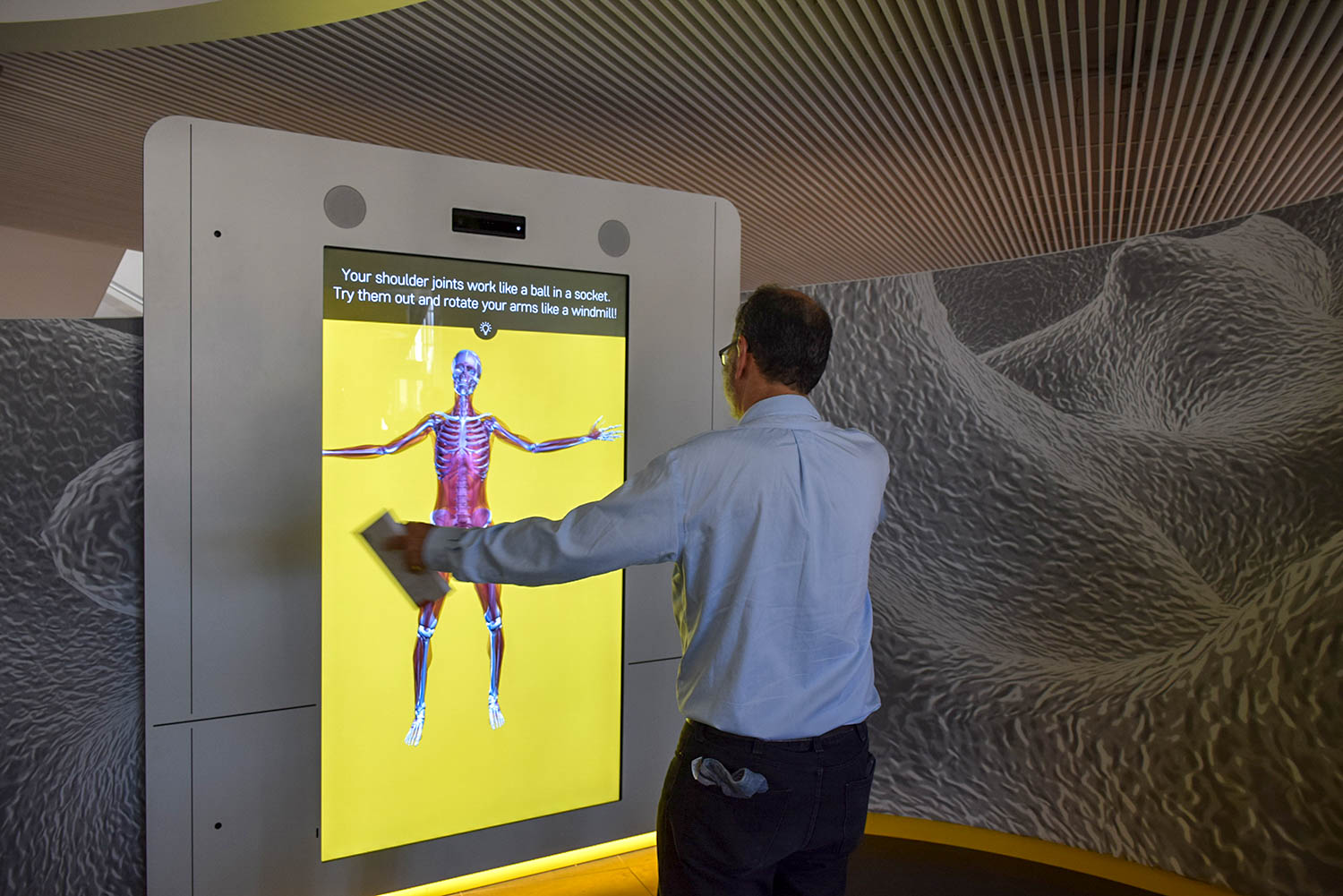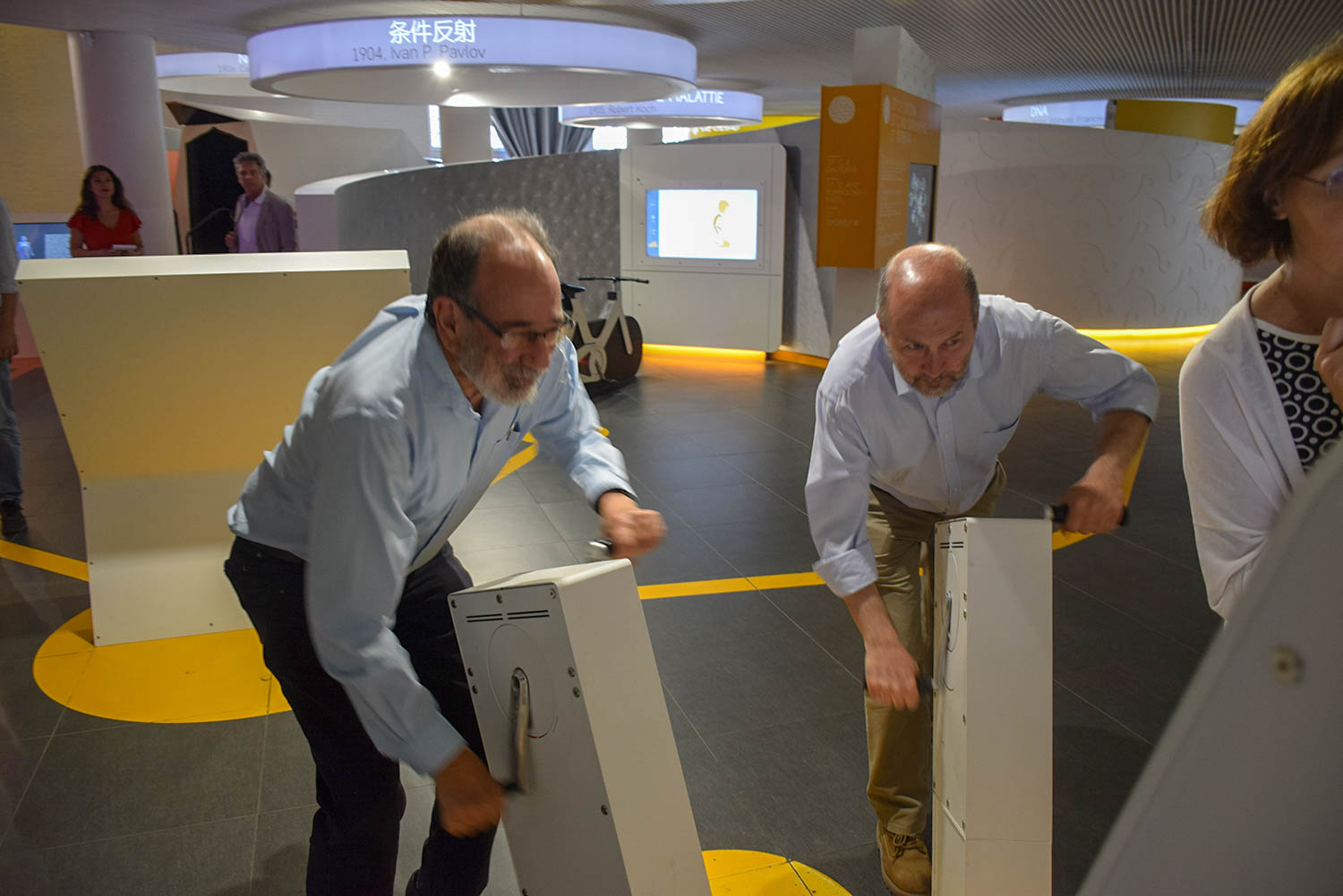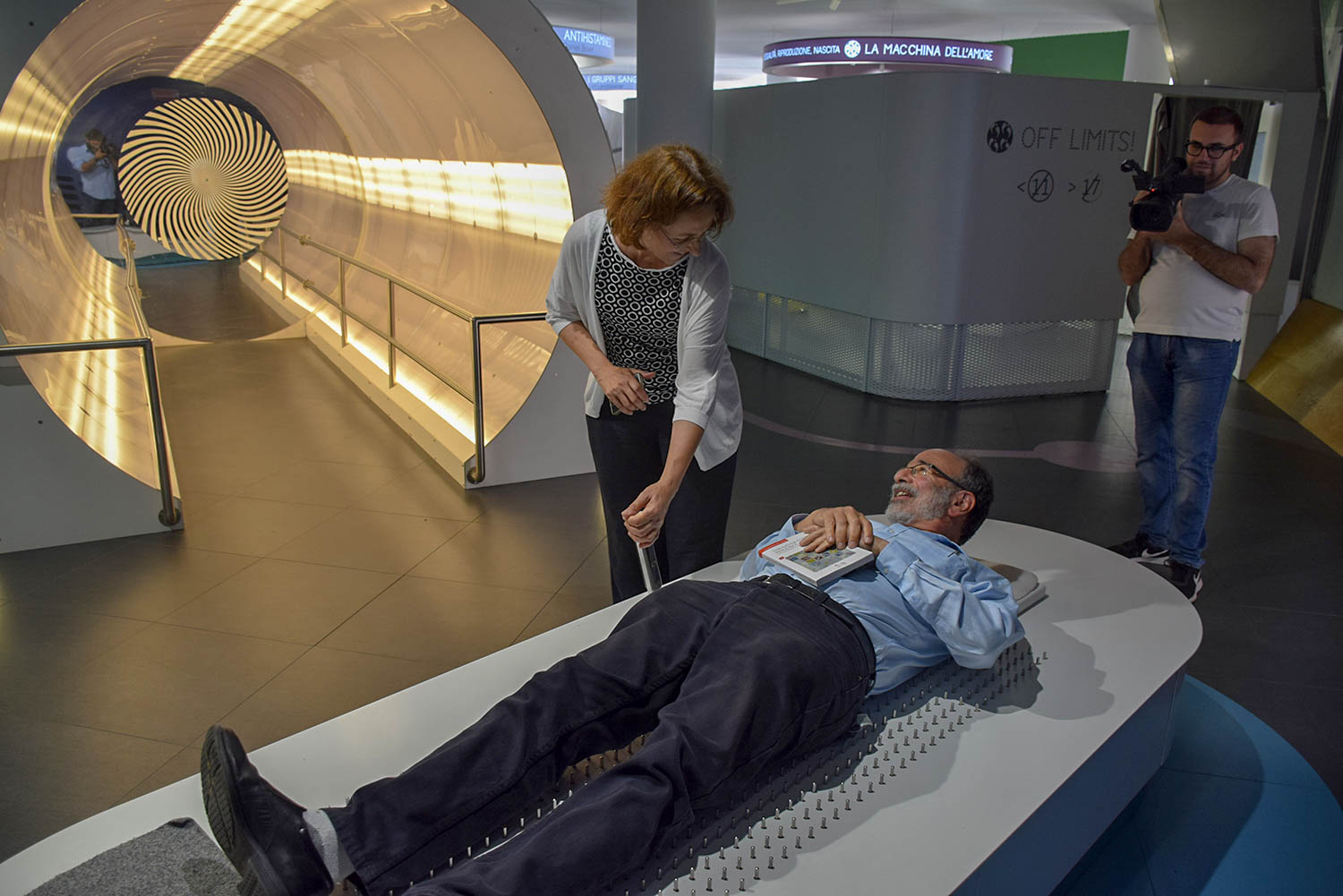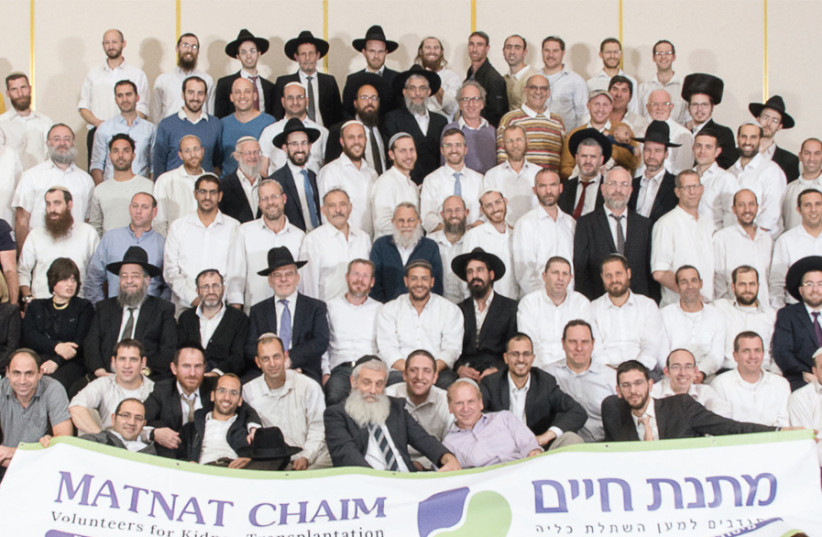Passed last month, to come into effect next year, New York follows most of the rest of the country into the American consensus on surrogacy, including commercial surrogacy (so very different than in Europe).
The New York Daily News had this account:
Good news for couples who want children and need a surrogate as N.Y. legalizes the process
By DENIS SLATTERY
"New York legalized paid gestational surrogacy Thursday as lawmakers approved a sweeping budget package containing the measure.
"Gay and infertile couples in the Empire State can now enter into a contract and pay a woman to carry a baby to term through in-vitro fertilization.
"Gov. Cuomo made the measure a priority over the past year and a half as New York remained one of only three states that explicitly banned the practice.
"Pushback from an unlikely combination of religious organizations and women’s groups concerned about the potential exploitation of surrogates, particularly those from low-income backgrounds, preceded the bill’s failure to gain enough support in the Assembly during the last legislative session.Assemblywoman Amy Paulin (D-Scrasdale), who first introduced a bill to lift the ban back in 2012, applauded the inclusion in the budget.
“Today, we bring New York law in line with the needs of modern families, while simultaneously enacting the strongest protections in the nation for surrogates," she said.
...
"The measure also streamlines the “second-parent adoption” process by requiring only a single visit to court to recognize legal parenthood while the child is in utero. Once all of the requirements set forth in the law are met, the intended parents can seek an “Order of Parentage” from a court, which becomes effective immediately upon birth."
***********
Here's an earlier post, about the complicated coalitions involved in last year's failure to pass the bill
***********
Here's a link to and snippets of the new statute itself:
TITLE OF BILL: An act to amend the family court act, in relation to
establishing the child-parent security act; and to repeal section 73 and
article 8 of the domestic relations law, relating to legitimacy of chil-
dren born by artificial insemination and surrogate parenting contracts
PURPOSE OR GENERAL IDEA OF BILL:
To legally establish a child's relationship to his or her parents where
the child was conceived through third party reproduction including those
children born through gestational surrogacy arrangements.
...
"JUSTIFICATION:
New York law has failed to keep pace with medical advances in assisted
reproduction, causing uncertainty about who the legal parents of a child
are upon birth. In many cases, the parentage of children created through
donated sperm, eggs and embryos is unsettled or open to attack at the
time of the child's birth and thereafter. Confusion or uncertainty
regarding the parental rights of donors and intended parents (both
genetic and non-genetic) who participate in the conception of the child
through assisted reproduction is detrimental to the child and secure
family relations. Where children are born to a gestational carrier the
parentage of the intended parents may not be recognized under current
law. This is not only detrimental to the child; it also causes confusion
in many critical situations. For example, a hospital does not know who
must give consent when a newborn requires medical procedures.
"The Child Parent Security Act will provide clear and decisive legal
procedures to ensure that children born through third party reproduction
have secure and legally recognized parental relationships with their
intended parents.The law will make it clear that donors do not have
parental rights or obligations and that those rights and obligations
reside with the Intended Parents.
"
Importantly, this legislation lifts the ban on surrogacy contracts to
permit enforceable gestational carrier agreements and sets forth the
criteria for such agreements. When all of the requirements set forth in
the law are met, the intended parents can seek an "Order of Parentage"
from a court, prior to the birth of the child, which becomes effective
immediately upon birth. The requirements are designed to ensure that all
parties enter into the agreement on an equal footing and with full know-
ledge of their duties and obligations. For example, all parties must be
represented by independent legal counsel, and the agreement may not
limit the right of the carrier to make her own healthcare decisions.
"Because of existing New York laws, couples facing infertility and same-
sex couples are forced to go out of state in order to have a child with
the assistance of a gestational carrier. This is overly burdensome to
the parents, who have often struggled for many years to have a child.
Having an out-of-state gestational carrier may make it difficult, if not
impossible, for the parents to fully participate in the pregnancy by
attending doctor's appointments, etc. It also requires the participants
to use out-of-state clinics and medical professionals despite the fact
that New York is home to world-class medical facilities and fertility
professionals.
"New York appellate courts have repeatedly called upon the Legislature to
act to provide much needed clarity to the essential question of who is a
parent. The need to answer that call is more important today than ever
as increasing numbers of children are being conceived and born through
third party reproduction. The Child-Parent Security Act clarifies the
issue of who is a parent and establishes clear legal procedures which
ensure that each child's relationship to his or her parent(s) is legally
recognized from birth. As the New York Court of Appeals held in Brooke
S.B. v Elizabeth A.C.0 biology and adoption are not the only touchstones
to determine parentage. The Child Parent Security Act provides a frame-
work for determining the parentage of the large number of children
unprotected under existing New York state law.
...
PART 5
34 PAYMENT TO DONORS AND GESTATIONAL CARRIERS
35 Section 581-501. Reimbursement.
36 581-502. Compensation.
37 § 581-501. Reimbursement. (a) A donor who has entered into a valid
38 agreement to be a donor, may receive reimbursement from an intended
39 parent for economic losses incurred in connection with the donation
40 which result from the retrieval or storage of gametes or embryos.
41 (b) Premiums paid for insurance against economic losses directly
42 resulting from the retrieval or storage of gametes or embryos for
43 donation may be reimbursed.
44 § 581-502. Compensation. (a) Compensation may be paid to a donor or
45 gestational carrier based on services rendered, expenses and or medical
46 risks that have been or will be incurred, time, and inconvenience. Under
47 no circumstances may compensation be paid to purchase gametes or embryos
48 or to pay for the relinquishment of a parental interest in a child.
49 (b) The compensation, if any, paid to a donor or gestational carrier
50 must be reasonable and negotiated in good faith between the parties, and
51 said payments to a gestational carrier shall not exceed the duration of
52 the pregnancy and recuperative period of up to eight weeks after the
53 birth of the child.
54 (c) Compensation may not be conditioned upon the purported quality or
55 genome-related traits of the gametes or embryos.
A. 6959--A 12
1 (d) Compensation may not be conditioned on actual genotypic or pheno-
2 typic characteristics of the donor or of the child.










